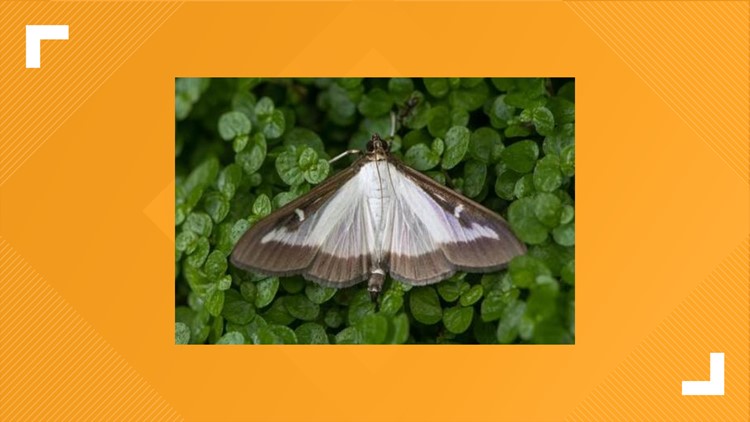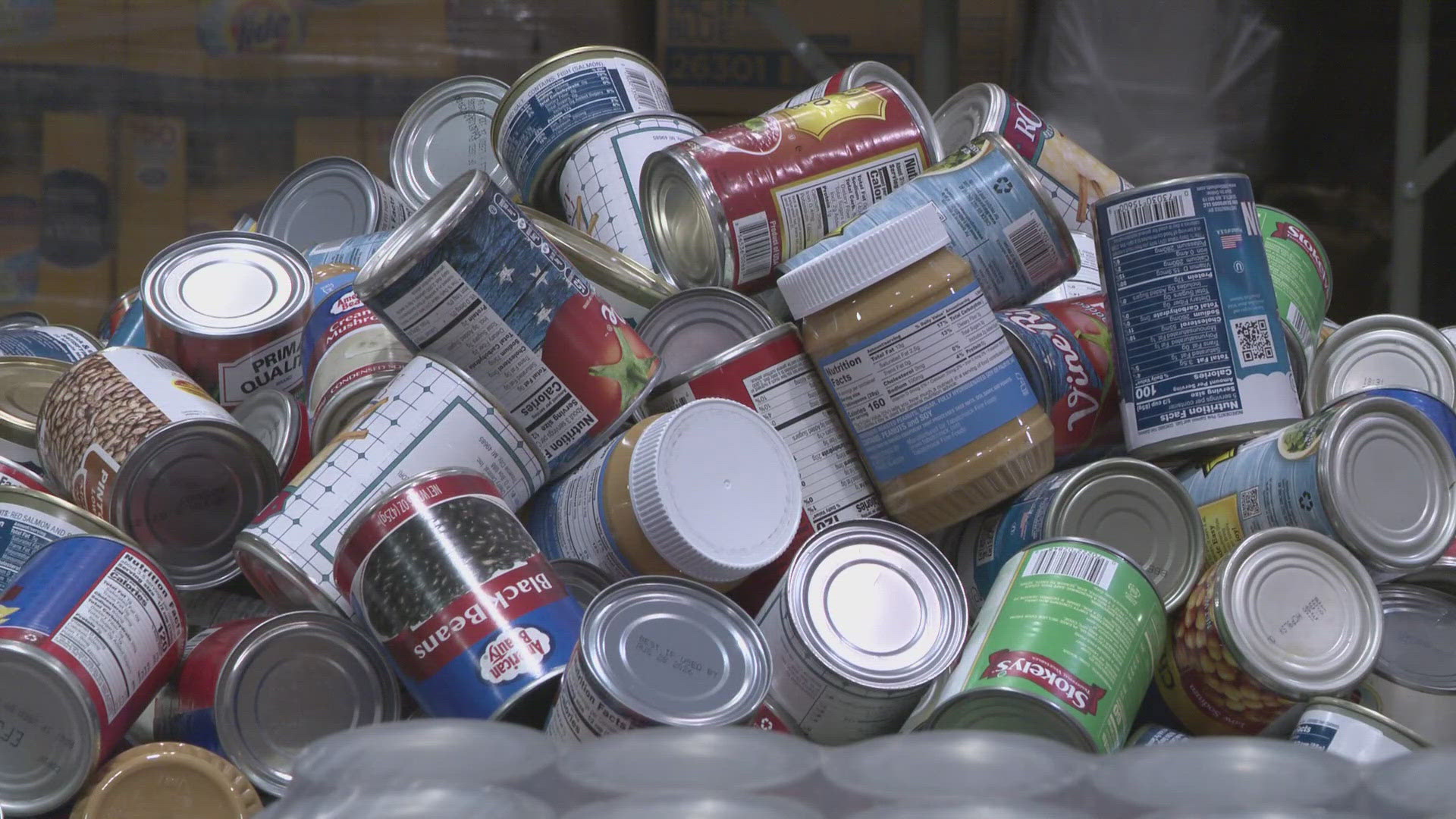BUFFALO, N.Y. — The New York State Department of Agriculture and Markets confirmed Wednesday the detection of box tree moths in parts of Western New York, near the Canadian border in Niagara County.
Boxtree moths are an invasive pest from East Asia that poses a major threat to the boxwood plant, an ornamental shrub that is a valuable part of the U.S. nursery industry, with an annual economic impact estimated at $141 million.
AGM is urging residents and the horticultural industry to spot and report the box tree moth to the Department through its reporting tool here.
“The box tree moth is a highly destructive pest that is a threat to the health of our boxwood plants. We are asking residents to help aid in our efforts to find the box tree moth so that we can better assess impacted areas and reduce its spread in New York State,” State Agriculture Commissioner Richard A. Ball said.
In July, AGM detected five adult box tree moths in various locations in Niagara County. Because they were detected near the Canadian border, it appears the moths may have flown or been blown into the area from Canada.
AGM Division of Plant Industry staff started surveying for the invasive pest in high-risk areas in Niagara County when the United States Department of Agriculture reported that boxwood plants imported from Canada this past spring could have been infested with the box tree moth. The host plants in Niagara County where the adult moths were trapped were damaged due to flooding.
Also, on August 6, 2021, an AGM Inspector in Niagara County received a referral from the New York State Department of Environmental Conservation regarding the presence of box tree moth larvae in a residential landscape in Youngstown, New York.
The inspector visited the site and collected several larvae, which have since been confirmed as box tree moths by Cornell University and USDA’s National Identification Services.
AGM and USDA are continuing to survey for box tree moths and are urging residents and the horticultural industry to look for and report any signs of infestation.
Check any boxwood plants you have for signs of box tree moth life stages. If you find any signs of infestation, take a picture, and report it here.
Box tree moth larvae are easily recognizable; they are green and yellow with white, yellow, and black stripes and black spots. Signs of damage may not appear at the beginning of an infestation because young larvae hide among twigs and leaves. Signs of a box tree moth feeding on a plant include chewed, cut, or missing leaves, yellowing or brown leaves, white webbing, and green-black excrement on or around the plant. Larvae skeletonize the leaves and feed on the bark, causing defoliation and dryness, eventually leading to the plant’s death.
Adult box tree moths generally have white bodies with brown heads and abdomen. Their wings are white and slightly iridescent, with an irregular thick brown border. Some adults have completely brown wings with a small white streak on each forewing. Males and females can show both colorations.



